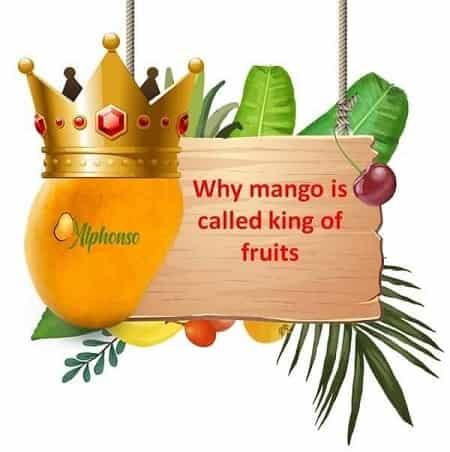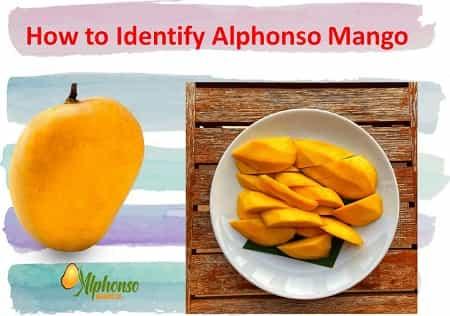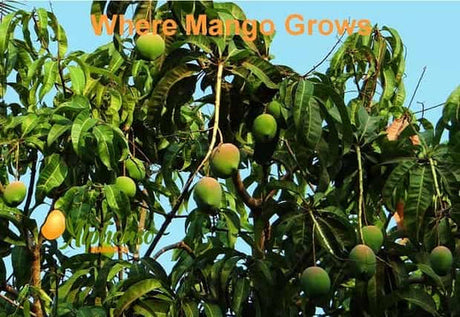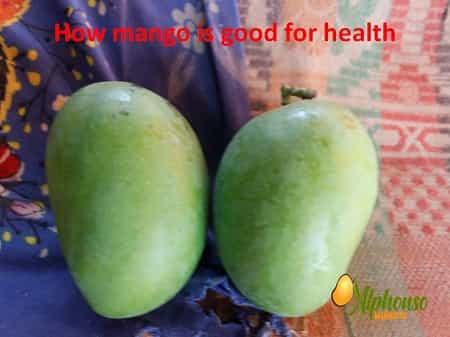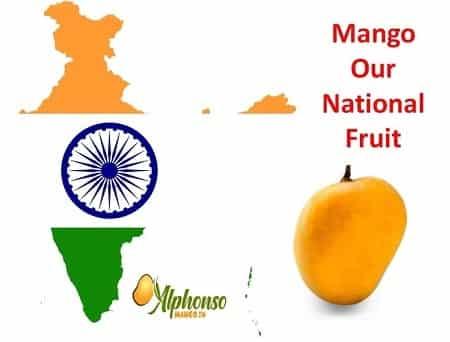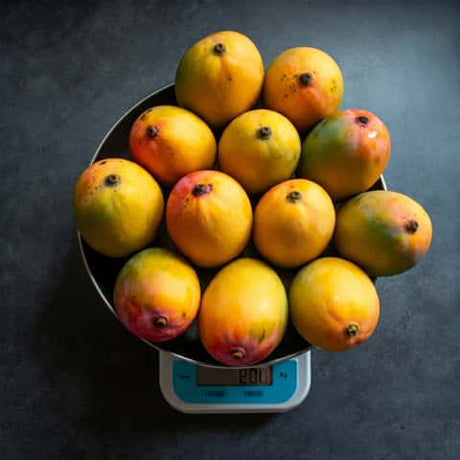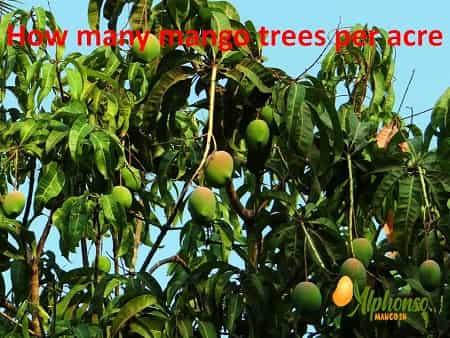
Best Mango Varieties: Which Mango is Best for You
By Prashant Powle
Want to know which mango is best? This article helps you! Learn about different kinds of mangoes. See which ones are sweet. Find your favourite mango. Mangoes like Alphonso, Kesar,...

